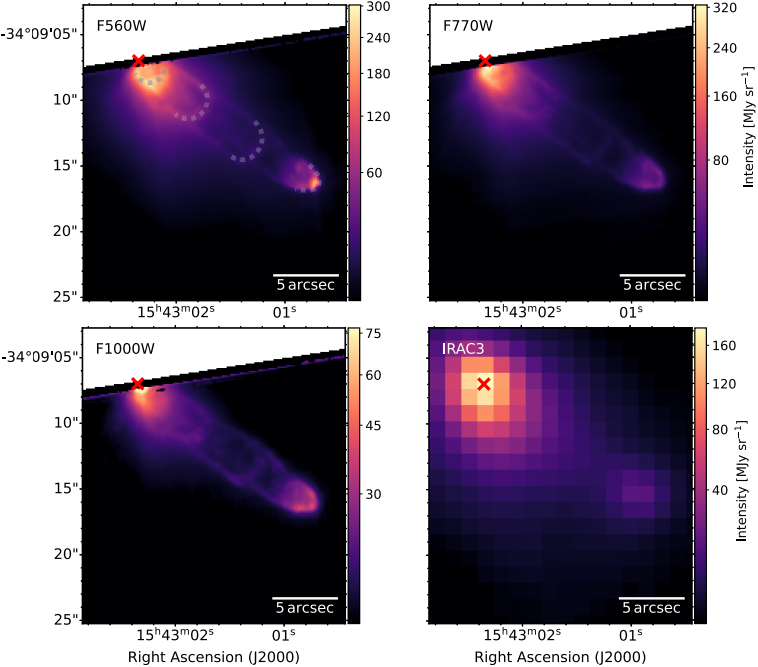During the observations, the James Webb Space Telescope (JWST) detected traces of a number of complex organic compounds in the vicinity of the young protostar IRAS 15398-3359. They are part of the ice particles surrounding it, the protoplanetary disk.
Mystery of the formation of complex organic molecules
The mechanism of formation of complex organic molecules in protostellar systems is one of the most important in astrochemistry. They may be the precursors of prebiotic compounds that laid the foundation for the emergence of life on Earth.
It is believed that complex organic molecules are formed in the surface layer of ice dust particles. However, until recently, astronomers were able to find them only in the gas around protostars. They have also been found in some icy bodies of the Solar System, such as comets. But thanks to JWST, astronomers finally got the opportunity to observe them directly in the icy particles of the protoplanetary disk.
Chemical analysis of the protostar
The discovery was made as part of the CORINOS program (Com ORigin Investigated by the Next Generation Observatory in Space). Its target was the protostar IRAS 15398-3359, which is located in the molecular cloud Lupus 1, at a distance of 505 light-years from Earth. It belongs to Class 0. This means that the protostar is very young (its effective temperature is less than – 200 °C) and only a gas-dust shell is visible.

Thanks to the use of the MIRI instrument, JWST was able to record a number of substances that make up the ice particles of the disk around IRAS 15398-3359. Among them are methane, ammonia, carbon dioxide and a number of organic compounds. In addition, JWST managed to film the jets produced by protostar and the complex structures created by them.
According to scientists, the results of observations clearly demonstrate the capabilities of JWST to study protostars. They hope that the new observatory will help them find answers to a number of important questions that previously eluded researchers.
You can also read about how JWST saw a pair of stars emitting rings of gas.
According to https://arxiv.org
Follow us on Twitter to get the most interesting space news in time
https://twitter.com/ust_magazine
